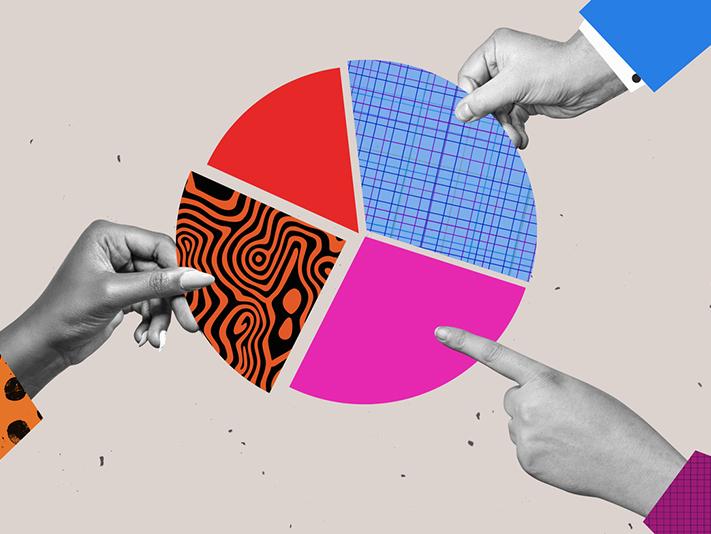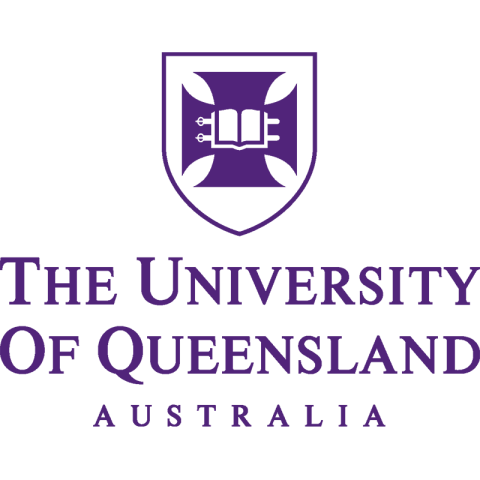
Authentic assessment in postgraduate statistics courses
Using anonymous student data for assessment tasks enhances engagement with learning, fosters practical skill development and makes business and economics concepts more memorable
You may also like
Popular resources
Authentic assessment that reflects real-world scenarios is gaining ground on traditional tasks and assignments in higher education. These methods not only emphasise the development of practical skills and critical thinking but also allow students to apply their knowledge to real-life-type situations. By gaining hands-on experience, students are better prepared to meet the demands of the modern workforce, making higher education outcomes more relevant and impactful.
I have been implementing a more authentic and relevant form of assessment in my postgraduate statistics for business and economics course, which enrols more than 250 students per semester. In this course, which is compulsory for many postgraduate fields of study in economics, one of the assessment tasks is a statistical project assignment (SPA) that carries a 30 per cent weighting. The other assessment components are quizzes (20 per cent) and an in-person final exam (50 per cent).
I have been teaching the postgraduate statistics course for 15 years. In the early years, I relied on external data for students to complete SPA questions related to inferential statistics. While this approach ensured the assessment task remained authentic owing to its connection with real-world contexts, using external data also has its drawbacks.
- Resource collection: Authentic assessment in higher education
- How to design low-stakes authentic assessment that promotes academic integrity
- How to make sure assessment practices are as authentic as possible
First, external data can make it more difficult for students to see how the task connects to their own lives. Second, external data can seem hard for students to relate to, understand and engage with. Third, using external data doesn’t show students how the task relates to their learning environment, making it feel less relevant.
To address these issues, I shifted to using student data instead of external data, so students can directly relate to the information, see how it fits into their learning environment, and engage with it more meaningfully. To implement this change, I create an anonymous survey in Blackboard to gather data from students every semester, including their weight, height, age, gender, shoe size, distance from home to university and commuting methods. I then create inferential statistics questions based on this data, including one-sample hypothesis tests, two-sample hypothesis tests, analysis of variance, and regression. Students use a combination of manual computations and software-generated outputs to solve the questions. The assignment is done individually.
To ensure variability in the data used for answering the assessment questions, students are instructed to work with randomised subsets of the collected dataset. For instance, if data has been gathered from 300 students, each student is directed to generate a random sample of 200 entries using a formula provided by the instructor. This method ensures that while the structure and scope of the questions remain consistent, the datasets differ slightly for each student. This approach has enhanced the authenticity of the assessment, promoted independent analysis, and reduced the risk of academic misconduct.
Benefits of authentic assessment
The main benefits to students from this type of authentic assessment include:
1. Practical skill development
Using student data allows students to gain practical experience in analysing and interpreting data, mirroring tasks they might face in their careers. Engaging with their own data makes statistical methods and applications more concrete and relatable, enabling students to understand the real-world relevance of these skills.
2. Critical thinking and application
Applying statistical methods to their own data encourages students to think critically and interpret their results effectively. This process fosters the development of problem-solving skills, as students need to evaluate the data, analyse the findings and reach well-founded conclusions.
3. Increased engagement
Incorporating student data into the assessment makes the task more relevant and meaningful, as students can directly relate the statistical techniques to their own lives. This personal connection encourages curiosity and increases motivation, leading to a more engaging and less theoretical learning experience.
4. Personalised learning
Since the assessment uses each student’s individual data, it creates a learning experience that is specific to them. This tailored approach allows students to grasp statistical concepts more effectively by applying them to data they are familiar with and that has personal significance.
5. Improved knowledge retention
Engaging with student data enhances the memorability of concepts. When students connect their learning to their own experiences, it reinforces the material, making it easier for them to recall knowledge and apply it in future academic or professional contexts.
Feedback from students on this form of authentic assessment has been positive. Many have highlighted, through informal feedback, that it enhances the relevance and engagement of their learning, as they can connect statistical methods to their own data. They shared that working with student data fostered practical skill development, strengthened their grasp of the subject, and made the concepts more memorable. Furthermore, students noted that this type of assessment boosted their motivation and curiosity, creating a more personalised learning experience that felt linked to real-world contexts.
Drawbacks to using student data in authentic assessment
While authentic assessment offers many benefits to students, concerns are also associated with its implementation.
One major concern is the potential for subjective grading. When evaluating real-world tasks, different markers may interpret criteria differently, leading to inconsistencies in grades. To address this issue, I have instructed each tutor to independently grade the first 10 student assignments using the marking guide and to identify any discrepancies in their evaluations. If significant inconsistencies arise, I provide guidance to tutors on ensuring fair and consistent grading.
Another key challenge of authentic assessment is its time-intensive nature, requiring significant effort from instructors to design and evaluate tasks and from students to complete them. To help students manage the time-intensive nature of authentic assessment, I break down tasks into smaller parts and release them step by step. This structured approach helps students focus on one concept at a time and reduces feelings of being overwhelmed. I also encourage group discussions, where students can share insights, discuss concepts and support each other’s learning in a collaborative manner.
Additionally, I offer guidance and support through consultations, providing opportunities for students to ask questions, clarify doubts and receive personalised feedback. This comprehensive support helps students build confidence, stay on track and achieve better learning outcomes.
Temesgen Kifle is a senior lecturer in the School of Economics at the University of Queensland.
If you would like advice and insight from academics and university staff delivered direct to your inbox each week, sign up for the Campus newsletter.





Comments (0)
or in order to add a comment